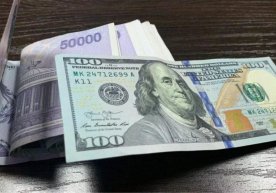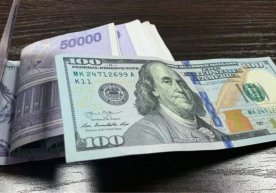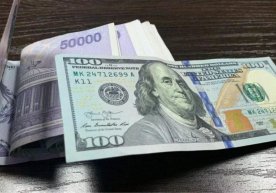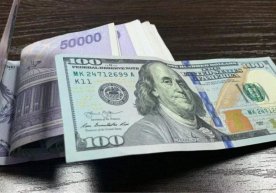
The unexpected strengthening of the US dollar in global markets, especially following the new trade agreement between the US and the European Union, surprised many investors and economists. However, the main reason behind this growth is the decline in the tariff risk premium attached to the dollar.
Following the agreement signed last week between the US and the EU, both sides managed to reduce the threat of mutual import tariffs by half. A similar deal was made with Japan, but the agreement with Europe is four times larger in scale.
As a result, concerns previously raised by the potential for a trade war have eased, which in turn reduced excessive pressure on the dollar.
The agreements are not limited to tariff reductions; they also contribute to the return of major economic confidence. Agreements with the US, Japan, the EU, and the UK currently cover 60% of the US’s total foreign trade. This is driving stabilization in global investment, production, and export-reexport chains.
Against this backdrop, the US dollar is strengthening not only against the euro but also against other major currencies.
Although the trade component of the well-known Baker-Bloom-Davis Economic Uncertainty Index reached a record high in April this year, it has now declined by over 75%. This indicates a clearer macroeconomic outlook for businesses and financial markets.
Additionally, US stock markets have reached record highs, inflation risks remain under control, and the threat of economic recession has decreased. Volatility indicators (VIX, MOVE) have hit their lowest points since the beginning of the year.
Read “Zamin” on Telegram!Users of Меҳмон are not allowed to comment this publication.













